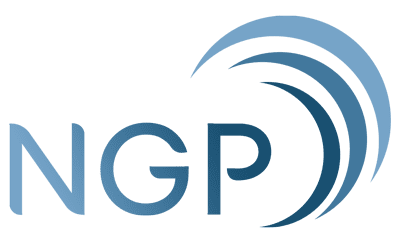When content competition is rife and businesses are building strategies on how to produce valuable content, it takes the right kind of judgment to create what will suit the brand’s needs.
From attracting the right people, building a community, and turning your message into an ad campaign, we have compiled the pros and cons of the three types of media your business should consider.
Paid Media
Paid media in digital marketing is anything you pay for to promote content either by leveraging through a third-party channel or advertising on third-party sites. This includes, but is not limited to, display ads, influencer marketing, and paid search results.
Pros:
1. Quickest way to drive traffic
Setting up paid media only takes a couple of minutes. The best part? You can start getting traffic immediately once you launch your ads.
2. Targeted
It gives you full control of how you want to target your audience. You can be specific in your targeting and attract the exact audience you desire and fit your customer avatar.
3. Measurable and in-depth customer data
Results of your paid media can be tracked. Through a tracking pixel, you can follow a buyer’s journey from the initial click through several stages until they become a paying client. This data is useful when evaluating what strategies work and not.
4. Multiple platforms
There are numerous paid traffic channels where you can promote other than the big six: Google ads, Facebook ads, LinkedIn ads, Twitter ads, YouTube ads, and Instagram ads. Promoting your brand on multiple channels means reaching new audiences and increases brand awareness.
Cons:
1. Comes at a cost
When your ad budget runs out, your campaign goes to a halt. Paid media will not proceed if not funded.
2. Does not guarantee sales
Paid media charges you for each click you get. This pricing model can lead to a loss if not calculated properly because getting clicks does not mean cash in sales.
3. Skills are required
Creating high-converting ads is not a walk in the park. It takes copywriting skills and an eye for graphic design to nail it.
Owned Media
As the term suggests, owned media is any content that your brand owns. It is everything between your website, blog, videos, and social media accounts. It is an extension of your brand and serves as an avenue for people to interact and get to know more about the nitty-gritty of the business.
Pros:
1. Having Control
You have full control over what you publish. This means that you can assure that all published materials adhere to the brand’s identity. There is a low risk of making a negative impression on your business.
2. Less Disruptive
Too many ads can only push people away. A clear advantage of owned media is that it is non-intrusive.
As long as you keep up with maintenance and keeping your content relevant and fresh, owned media will stay on the web.
4. Cheap and Versatile
Social media channels are free to use. Your variety of content and you don’t have to pay for basic usage.
Cons:
1. Time-consuming
Creating owned media takes time – both in curating the content and delivering it in front of your audience. It’s an organic process, but it opens opportunities to grow over time.
2. High maintenance
It takes time, experimentation, and expertise to build. It’s a labor-intensive strategy with multiple tasks you must keep up with such as keyword research, writing, SEO optimizations.
Earned Media
Earned media can be anything from the press and the public talking about your brand. It is often termed as the online equivalent of word of mouth. “Earned” indicates that this type of media is voluntarily given by your customers – it is like free advertising. Some examples are customer testimonials, mentions on social media platforms, magazine or newspaper articles.
Pros:
1. Builds credibility
Earned media gives you high credibility. Customers who have talked about your brand provide unbiased views about your business. The more trustworthy the source who provided the feedback, the bigger the impact.
2. Attracts potential sales
Earned media generates social proof which is an important element in driving sales. When someone says something good about your business, it attracts other people to tune in and see what your brand is about.
Cons
1. No control
The downside of not having control over what is being put out on the web is the chances that you might receive bad feedback that can affect your brand image.
2. Hard to measure
Earned media can’t be actively measured and tracked in the same way that paid media can be managed. While you can always ask for an evaluation, you do not have direct control over when or what social media platform your customers will post.
While each type has its role and purpose, you should consider which is best to implement. Can’t decide? Engage with a PR agency and find out which one is best for your business. We’re here to help connect your story. Contact NGP-IMC today.



